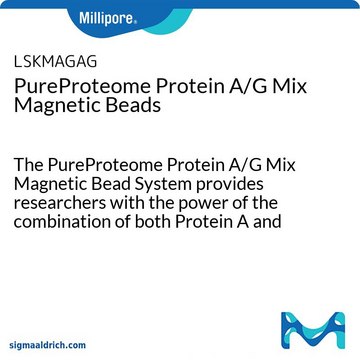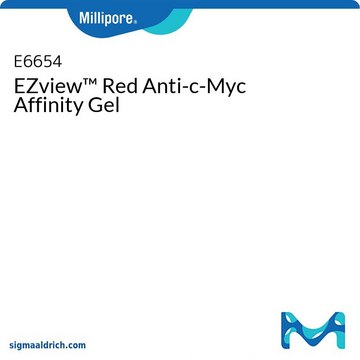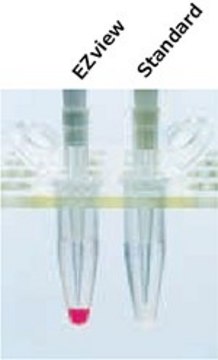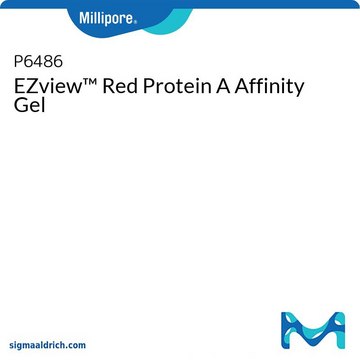E3403
EZview™ Red Protein G Affinity Gel
Synonym(s):
EZview Affinity Gel, Protein G Affinity Gel
About This Item
Recommended Products
form
liquid
Quality Level
analyte chemical class(es)
proteins (Immunoglobulins of various mammalian species)
technique(s)
affinity chromatography: suitable
immunoprecipitation (IP): suitable
capacity
≥8 mg/mL, gel binding capacity (rabbit IgG)
storage temp.
−20°C
General description
Application
Features and Benefits
- Increased visibility - Red color reduces risk of incidental aspiration
- Improved recovery of target protein by reduced accidental loss
- Higher reproducibility - More consistent yields
Physical form
Legal Information
Storage Class Code
10 - Combustible liquids
WGK
WGK 3
Flash Point(F)
Not applicable
Flash Point(C)
Not applicable
Regulatory Information
Choose from one of the most recent versions:
Already Own This Product?
Find documentation for the products that you have recently purchased in the Document Library.
Related Content
We offer the highest quality reagents to support your antibody workflows including adjuvants, antibody blocking reagents and substrates, cell capture imaging reagents, antibody conjugation and labeling kits, and more.
Our team of scientists has experience in all areas of research including Life Science, Material Science, Chemical Synthesis, Chromatography, Analytical and many others.
Contact Technical Service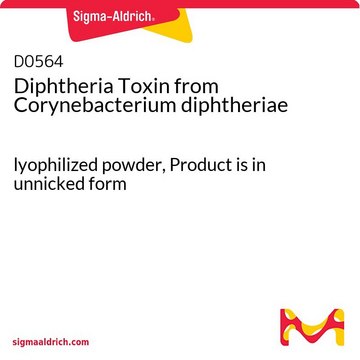
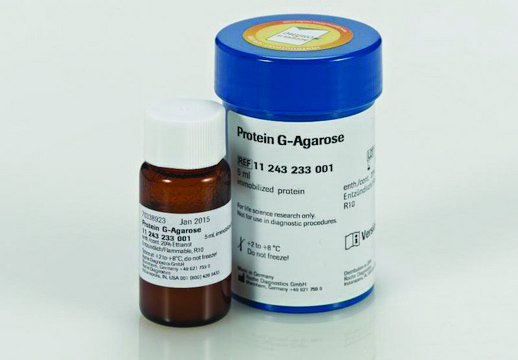
![Recombinant CRM197 expressed in Pseudomonas fluorescens, [Glu52]- Diphtheria toxin lyophilized powder](/deepweb/assets/sigmaaldrich/product/images/304/894/fe08e568-84e9-4ff1-9c80-a9fbadc17959/640/fe08e568-84e9-4ff1-9c80-a9fbadc17959.jpg)

